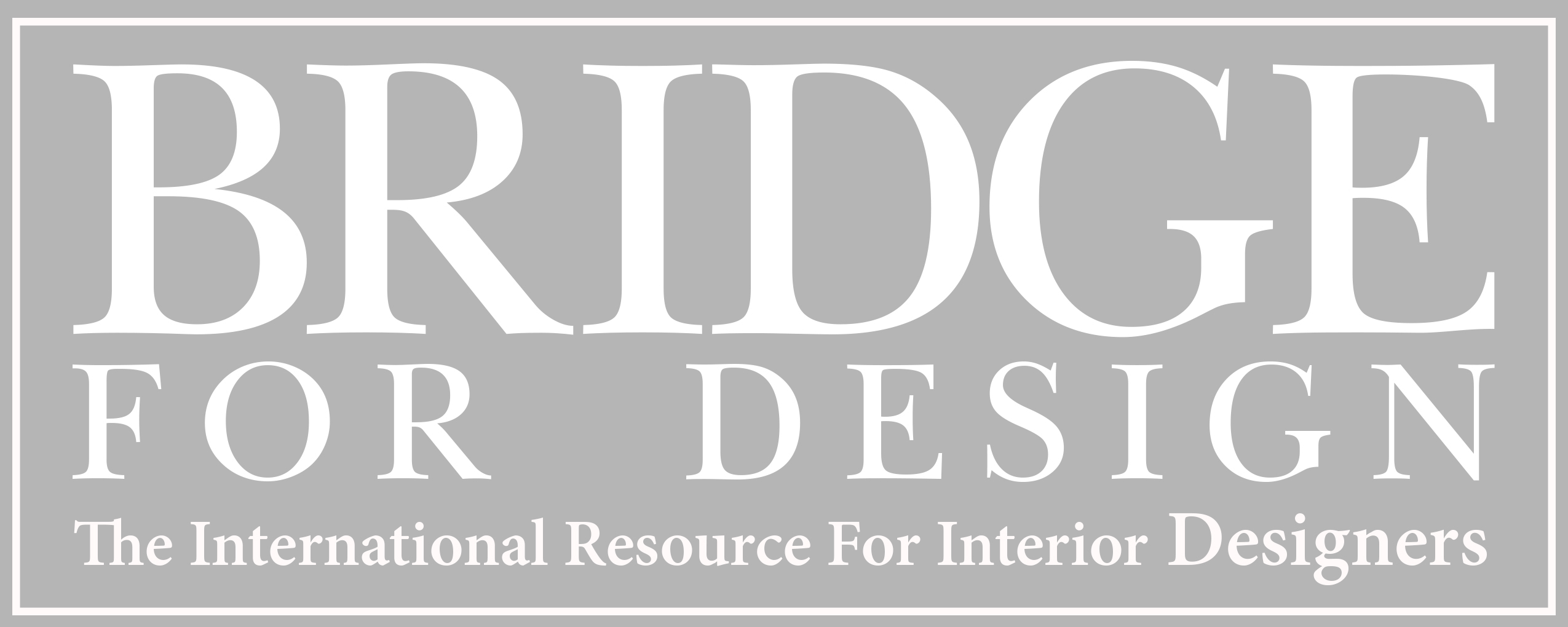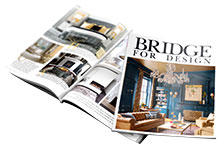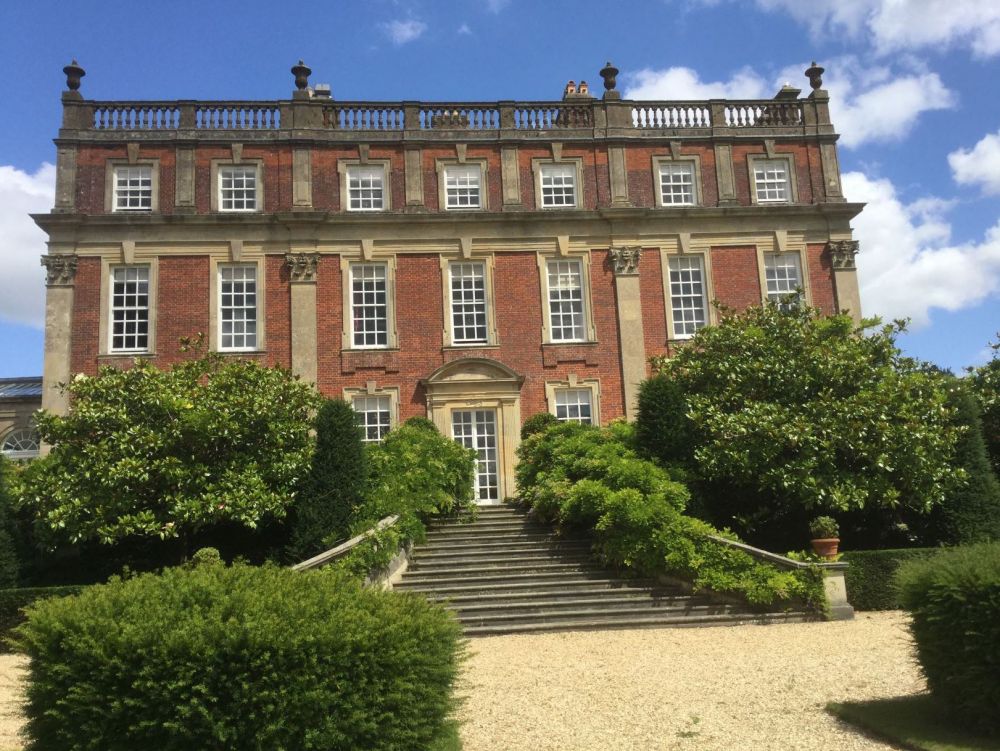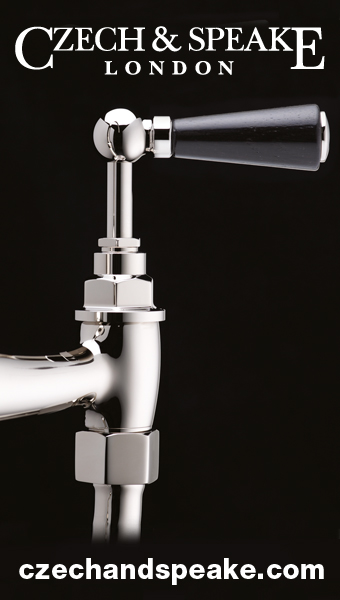Among the architects and interior designers who have inspired me most are Sir John Vanburgh, Nicholas Hawksmoor, Charles Cameron, Giacomo Quarenghi and Sir John Soane. More recently, I would add Edwin Lutyens, Norman Foster and a small number of interior designers as well as Thomas Heatherwick, who is brilliantly inventive and clever.
The finest homes and public buildings built in the 17th and 18th centuries are far more beautiful than anything being created today but that is largely because our value systems have changed. Most people, including those with money, now tend to have a relatively short-term perspective on projects and are more likely to be motivated by gadgets, communication, fashion and travel, than culture and the arts which, sadly, are often seen as rather elitist. So while Norman Foster is on my list of people who inspire me, that is more to do with his talent at identifying and solving the challenges involved with a project.
Vanburgh’s Baroque houses, Hawksmoor’s unmistakeably bold, masculine and confident designs and Cameron’s opulent, daring and imaginative interiors created for Catherine The Great all move me much more than any contemporary design. The same is true of the way in which Quarenghi took Russian Classicism to a new level and Soane’s extraordinary understanding of space and light. Lutyens’ reinvention of Classicism and his knack for making a building look as though it has always been there is also inspirational. In my view, nobody working today has capped the elegance achieved by Soane or Vanburgh two or three hundred years ago.
Most contemporary architects no longer care about creating beautiful buildings – they want to make their mark and shock people. But how long does that shock last for and does anyone want to live with it for any length of time? It takes far more skill to create a space which is appreciated every day, year after year. I quite often hear from people who are disgruntled with their architect because they can’t get them to listen to what they actually want.
When Fayland House, designed by David Chipperfield Architects, beat off global competition to win The Architectural Review’s House Awards 2015, the judges explained their decision by using words such as ‘uncomfortable’ and ‘subversive’ but are those qualities which a client really wants? For me, comfort and elegance sound far more appealing.
One of one the buildings which most inspires me is Ven House, which I was lucky enough to buy from Jasper Conran last year. It is a Grade I manor house in Somerset which was completed at the end of the 17th century and extended in the 1720s and then altered again by Thomas Cubitt and Decimus Burton in 1835-36. The house embodies everything I strive to achieve in architecture and interior design. For me, the success of its design makes the house feel like a celebration of life. Jasper did a wonderful job with the house and in many ways it is the first project I have ever worked on where I don’t really want to change a thing. I am gently bringing the house into the twenty-first century by making the house a little more liveable in and also by introducing some contemporary art amongst the old masters. The restrictions on what I cannot do don’t bother me at all as I love what is already there. I feel like the luckiest man in the world when I arrive at Ven for the weekend.
Interior designers are generally much more in tune with the way people live their lives than architects, but that doesn’t mean I find many of them particularly inspiring. I certainly rated David Hicks and Nancy Lancaster and another designer who will always inspire me is Bunny Roger. It is vital for creative people to have the courage of their own convictions and Bunny
never cared what anyone else thought. He was extraordinarily brave.
One of the few people who really fires my imagination today is ThomasHeatherwick. I recently went to see his design for the Garden Bridge, which will link the South Bank with the Embankment by the top of Temple tube. It is astonishing. Heatherwick’s breadth of skills is reminiscent of some of the greatest early Georgian architects – several of whom were also accomplished dramatists and artists. Heatherwick is a maverick but he also pays attention to tradition – and that makes him very different to most other architects and designers today.





